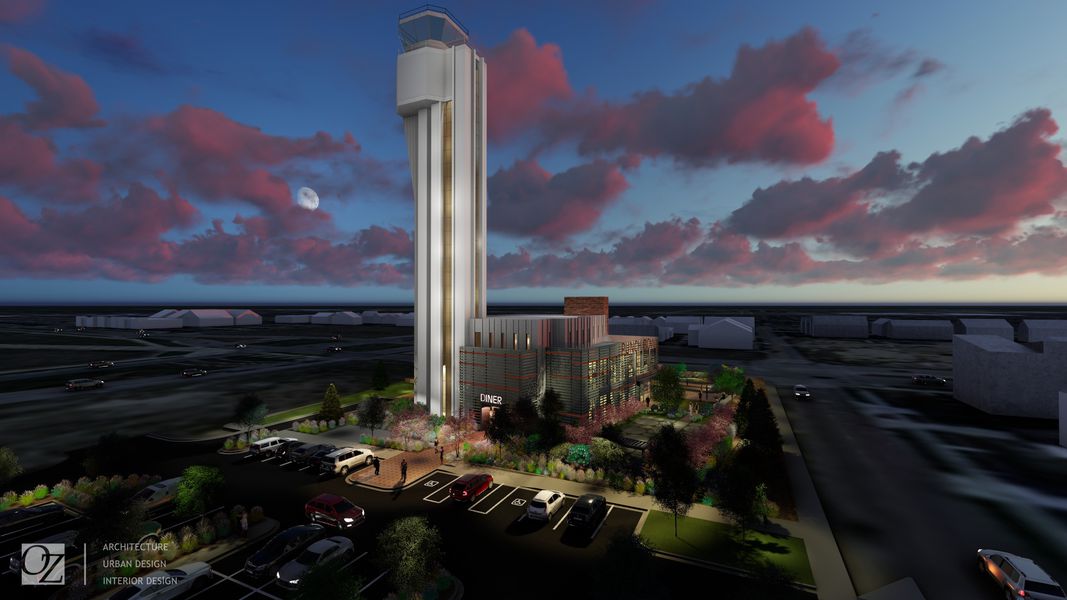Celebrating 30: Forest City Revives Stapleton
We're celebrating our 30th anniversary by highlighting some of the most significant events in commercial real estate's history. This week: Forest City's almost 20-year commitment to developing Stapleton Denver. Stay tuned for our weekly posts and follow along with us using the hashtag #CPETurns30.
 As Commercial Property Executive celebrates its 30th anniversary, we’re taking a look back at the most significant events in commercial real estate’s history. Stay tuned for our weekly posts highlighting these critical points, and follow along with us on our site and your favorite social media channels using the hashtag #CPETurns30.
As Commercial Property Executive celebrates its 30th anniversary, we’re taking a look back at the most significant events in commercial real estate’s history. Stay tuned for our weekly posts highlighting these critical points, and follow along with us on our site and your favorite social media channels using the hashtag #CPETurns30.
1998 to today

A rendering of the redeveloped Stapleton airport control tower into Denver’s second Punch Bowl Social location. (Image courtesy of OZ Architecture)
Serving as Denver’s main airport since 1929, Stapleton International Airport was decommissioned in 1995 and replaced with Denver International Airport. As a result, 7.5 acres of runways, concourses and terminals were left behind, ripe for development. In 1998, the city of Denver selected Forest City to be the master developer for the new community of Stapleton, which would include redeveloping the old airport site. When Forest City broke ground on the project in 2001, it was the country’s largest urban in-fill redevelopment at 4,700 acres. Today, Stapleton is home to some 19,000 residents, nine neighborhoods, and 50 parks, as well as several shopping and business districts. Forest City continues to be a developer of the area, recently completing the redevelopment of the Stapleton airport‘s iconic air traffic control tower—the last remaining piece of the old airport— into Denver’s second Punch Bowl Social location. The new project will also serve as the hospitality brand’s new headquarters. Oz Architecture designed the building’s interior and exterior, which had been vacant since 1995.







You must be logged in to post a comment.